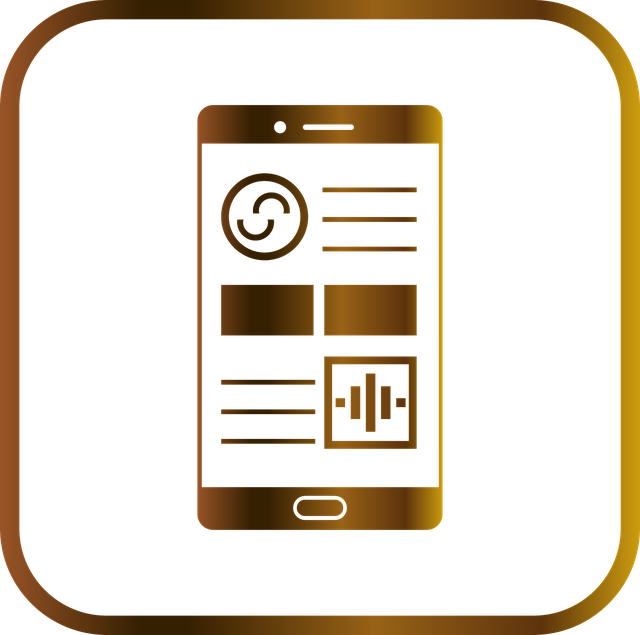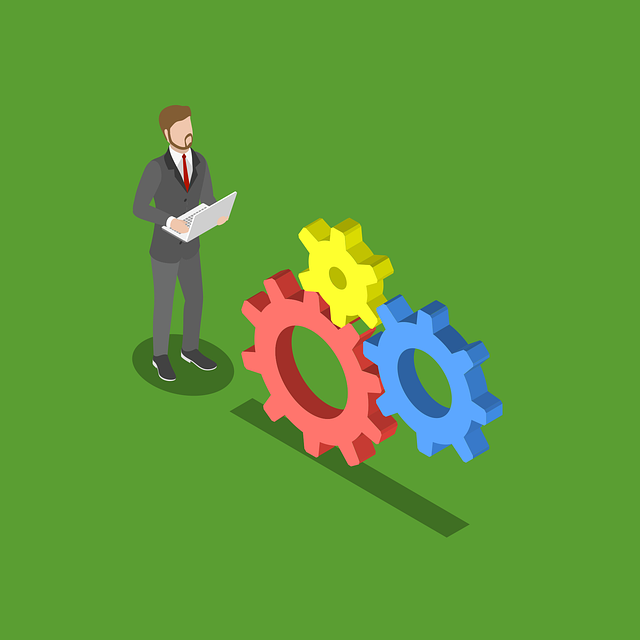Precision is vital in translating UK patents and applications to safeguard intellectual property globally. Specialized translators with legal expertise navigate complex terminology, scientific concepts, and legal language to ensure accurate document integrity. Reputable service providers adhere to ISO 17100 standards, combining human expertise with advanced machine translation technology for higher efficiency and accuracy. Real-world examples highlight the importance of these services in expanding UK patents' global reach and preserving innovative ideas. Choosing a reliable provider with industry knowledge, secure handling, and local context adaptation ensures effective protection and communication across borders. Future advancements in AI and NMT promise faster, more accurate translations, streamlining patent application processes and fostering international innovation.
In the realm of intellectual property, precision is paramount when it comes to UK patent translations. Accurate translations of technical documentation are crucial for protecting innovations, ensuring global reach, and facilitating smooth legal processes. This article explores the intricate challenges of translating patents, from understanding the importance of accuracy to leveraging technologies that enhance translation quality. Discover how language experts play a vital role, delve into case studies where precision was paramount, and learn key considerations when selecting reputable translation services for UK patent applications.
- Understanding the Importance of Accurate Translations in Patent Law
- The Challenges of Translating Technical Documentation
- Ensuring Quality: Standards for UK Patent Translations
- The Role of Language Experts in Precision Translation
- Technologies Advancing Translation Accuracy
- Case Studies: When Precision Matters Most
- Selecting a Reputable Translation Service for Patents
- Future Trends in UK Patent Translation Services
Understanding the Importance of Accurate Translations in Patent Law

In the realm of patent law, clarity and precision are paramount. When it comes to translating UK patents or patent applications, accurate and nuanced language is not just desirable—it’s essential. The global nature of intellectual property means that inventors and businesses often need to navigate legal documents in multiple languages. Inaccurate translations can lead to misunderstandings, misrepresentations, and even legal disputes. A single misinterpreted term could weaken the protection afforded by a patent or alter its scope in unexpected ways.
Translation services for UK patents and patent applications must therefore adhere to strict standards of accuracy and expertise. Professional translators with specialized knowledge in patent law are crucial to ensuring that technical terms and complex concepts are conveyed correctly. They understand not just the linguistic aspects but also the legal nuances, enabling them to produce translations that are both precise and compliant. This meticulous approach safeguards the integrity of the original document and ensures that patents are protected effectively across borders.
The Challenges of Translating Technical Documentation

Technical documentation, particularly in the realm of patents and applications, presents a unique set of challenges for translators. These documents often contain highly specialized terminology, complex scientific concepts, and intricate legal language, all of which require an in-depth understanding of both the subject matter and the target language. Ensuring precision is paramount; even a minor mistranslation could lead to misunderstandings or misinterpretations with significant consequences.
When it comes to UK patent translations, accuracy is not just desirable—it’s crucial. The UK has a robust intellectual property system, and precise documentation is essential for protecting innovations and ensuring legal compliance. Reputable translation services for UK patents and patent applications employ linguists with specialized knowledge in technical fields, allowing them to deliver accurate and culturally appropriate translations tailored to the specific needs of the patent industry.
Ensuring Quality: Standards for UK Patent Translations

Ensuring quality in UK patent translations is paramount to protecting intellectual property rights accurately and effectively. When it comes to translation services for UK patents and patent applications, adherence to stringent industry standards is non-negotiable. Professional translators must possess a deep understanding of both technical jargon and legal nuances specific to the domain of patents. This expertise ensures that complex concepts are conveyed precisely, preserving the original intent and meaning.
Recognized standards like ISO 17100 guide translation services, guaranteeing clients receive translations that meet high-quality criteria. These standards encompass not just linguistic accuracy but also cultural adaptability, ensuring the translated documents resonate with the UK audience while maintaining their legal validity. Reputable translation service providers invest in rigorous training and ongoing professional development for their translators to uphold these standards consistently.
The Role of Language Experts in Precision Translation

The precision of UK patent translations is paramount in ensuring the legal validity and protection of intellectual property rights. This is where language experts play a pivotal role. Professional translators with specialized knowledge in the field of patents are essential to navigating the intricacies of technical terminology, legal jargon, and specific requirements within the UK patent system. Their expertise goes beyond mere word-for-word translation; they must grasp the underlying concepts and ensure accuracy in conveying the innovation and scope of the patent application.
Language experts involved in translation services for UK patents and patent applications possess a deep understanding of both source and target languages, enabling them to provide precise translations that meet legal standards. They carefully examine each document, considering not just the meaning but also cultural nuances, idiomatic expressions, and any specialized terminology unique to the patent domain. This meticulous approach guarantees that the translated documents accurately represent the original intent, ensuring compliance with UK intellectual property laws while preserving the value of the patented invention.
Technologies Advancing Translation Accuracy

The advancement of technology has revolutionized the field of translation, especially in specialized areas like patent translations. Advanced machine translation (MT) tools now employ neural networks and deep learning algorithms to deliver highly accurate interpretations. These technologies can analyze vast amounts of data from previous patent documents, ensuring that the latest advancements in a particular field are reflected in the translation process. As a result, translation services for UK Patents and Patent Applications have become more precise and efficient, enabling inventors and businesses to protect their intellectual property effectively across borders.
Additionally, human translators with expertise in technical fields play a crucial role in post-editing machine translations, enhancing accuracy further. This combination of technology and human expertise ensures that every detail, from complex terminology to nuanced contexts, is accurately conveyed. With these advancements, the precision of UK patent translations has reached new heights, making it easier for inventors to navigate international patent laws and protect their innovative ideas.
Case Studies: When Precision Matters Most

In the realm of intellectual property protection, precision is paramount, especially when it comes to translating UK patents and patent applications. Consider a case where a medical device inventor sought to protect their groundbreaking innovation in multiple European languages. The accuracy of translation services for UK patents was crucial as subtle nuances in language could impact the understanding and acceptance of the patent across different countries. A professional translation team, well-versed in legal terminology, played a pivotal role in ensuring every detail was conveyed precisely, from technical descriptions to specific claims. This meticulous approach ensured that the inventor’s vision and protection were not compromised during the international expansion process.
Similarly, a software company faced a challenge when translating their patent application for a novel artificial intelligence algorithm. The complexity of AI terminology required a deep understanding of both languages to convey the concept effectively without losing its technical integrity. Engaging specialized translation services with expertise in high-tech domains enabled them to navigate this intricate landscape. As a result, the translated documents not only met legal requirements but also communicated the algorithm’s significance and potential impact on the industry, demonstrating the critical importance of precise patent translations in securing global recognition for innovative ideas.
Selecting a Reputable Translation Service for Patents

When it comes to UK patent translations, accuracy is paramount. Selecting a reputable translation service is, therefore, a critical step in ensuring your patent applications and documents are handled with precision and expertise. Look for providers that specialise in scientific and technical translations, as these fields require a deep understanding of industry-specific terminology and jargon.
Reputable translation services for UK patents will have experienced linguists who are not only fluent in the target language but also have a strong background in patent law. They should employ rigorous quality control processes, offer secure handling of sensitive information, and be able to certify the accuracy of their translations. Additionally, services that can provide local knowledge and cultural context are invaluable, ensuring your patents are appropriately adapted for the UK market.
Future Trends in UK Patent Translation Services

The future of UK patent translation services is poised for significant advancements, driven by technological innovations and evolving industry standards. Automation and machine learning algorithms are set to play a pivotal role, enhancing speed and accuracy in handling complex patent documentation. Advanced AI models can now capture subtle nuances and technical terminology specific to patents, ensuring precise translations that meet the stringent requirements of the UK Intellectual Property Office (UKIPO). This shift towards automation promises to streamline translation workflows, reduce costs, and enable faster time-to-market for innovative products and technologies.
Moreover, the integration of Neural Machine Translation (NMT) technology is expected to revolutionize the landscape of patent translations. NMT systems leverage deep learning to produce high-quality, contextually relevant translations, mirroring human language expertise. This advancement addresses common challenges in patent translation, such as specialized terminology and industry-specific jargon, ensuring that technical details are conveyed accurately across languages. As a result, businesses can expect more efficient and reliable translation services for their UK patent applications, fostering global innovation and protection of intellectual property rights.
In conclusion, precise translations of UK patents and patent applications are paramount for effective protection and communication. By adhering to stringent quality standards, leveraging language expertise, embracing technological advancements, and considering specific case studies, translation services can ensure accuracy and clarity. Selecting a reputable provider specializing in these services is crucial to navigate the complexities of international intellectual property with confidence. Future trends promise further enhancements, making it an exciting time for precise UK patent translations.
